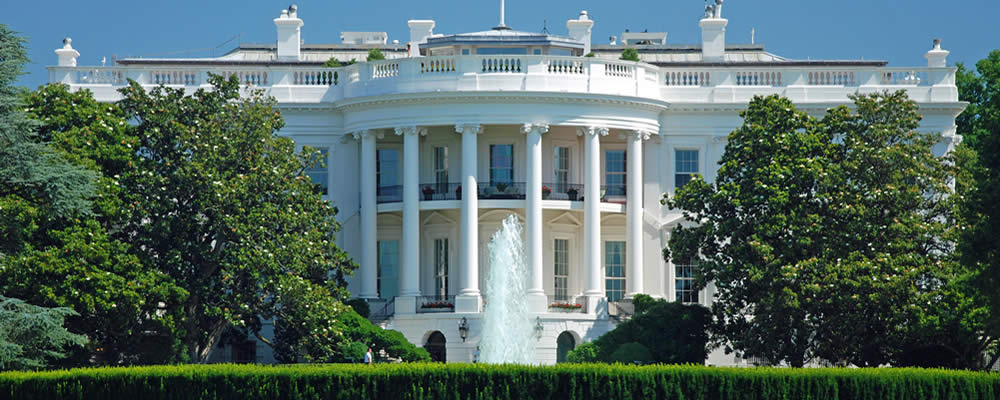The Euro US Dollar exchange rate fluctuated on Thursday as markets reacted to some disappointing Eurozone inflation prints and news that the Republican tax reform has picked up its pace.
Eurozone Inflation Disappoints, EUR Exchange Rates Tumble
Inflation in the Eurozone climbed to 1.5% in November, up from October’s 1.4% figure but still weaker than the 1.6% climb that economists had expected.
The core inflation figure that excludes more volatile items like food prices and oil printed stagnant at 0.9%, however, stoking concern that the European Central Bank (ECB) might find more reason for a dovish policy stance moving into 2018.
German retail sales in October also proved disappointing, contracting from 4.1% to -1.4% and missing the forecast of 2.8% growth.
In other news, unemployment within the bloc dropped from 8.9 to 8.8, marking the lowest rate since early 2009 and offering some reassurances for investors concerned about the ECB.
Economist at BNP Paribas Asset Management, Richard Barwell was similarly optimistic about how the Council might respond to these readings, stating:
‘Underlying inflation is weak and will remain weak for some time, but I think many Council members will focus on the increasingly encouraging growth dynamic and the fact that the unemployment rate keeps dropping’.
Despite this the EUR USD exchange rate initially pared its gains, continually encumbered by concerns regarding low inflation and indeed the on-going political uncertainty within Germany.
US Data Proves Mixed, EUR USD Exchange Rate Shifts to Favour Euro
The US Dollar eventually relinquished its lead later into Thursday, however, with markets similarly concerned about the US personal consumption expenditure (PCE) reading for inflation.
The core PCE reading printed at 1.4% year-on-year, steady with the previous period’s upwardly revised 1.4% figure and in line with the consensus.
In other news, personal consumption expenditures in the US only rose by 0.3% in October month-on-month, easing from the previous period’s 0.9% and matching market expectations.
Other data proved slightly more positive, however, with the US jobless claims figure posting its second weekly decline by dropping to 238k, down from the previous period’s 240 and down from the consensus of 240k.
Markets were ultimately far more concerned with the inflation assessment, with the 1.4% figure remaining below the Federal Reserve’s target of 2% and many economists still being apprehensive that a third and final rate hike in December may have to be postponed.
This shifted EUR USD back into the Euro’s favour.
EUR USD Forecast: Volatility Ahead on US Trump Tax Reform
US president Donald Trump’s tax reform is within touching distance, with the final vote on passing the bill expected late Thursday or Friday this week.
Trump promised a ‘big, beautiful Christmas present’ that will help the middle-class, create jobs, and foster growth, stating;
‘A vote to cut taxes is a vote to put America first again. We want to do that’.
Whilst Wednesday’s successful vote did demonstrate growing momentum, it also revealed that there are no guarantees that the Republican’s slim majority will hold and that significant changes to the bill won’t take place.
Senate Majority leader Mitch McConnell can’t afford to lose any more than two votes on his side, and thee notable GOP Senators are yet to announce how they will be voting.
If the bill does pass, however, then it will then face new hurdles as parties attempt to reconcile it with the House version of the legislation.
A successful vote will likely send the ‘Greenback’ soaring, with markets having anticipated Trump’s tax reform and what it could mean for the US economy for some time now.
An unsuccessful vote, however, will further hurt the Republican Party, marking the second failed attempt at serious legislative reform and likely curbing the US Dollar’s lead.



